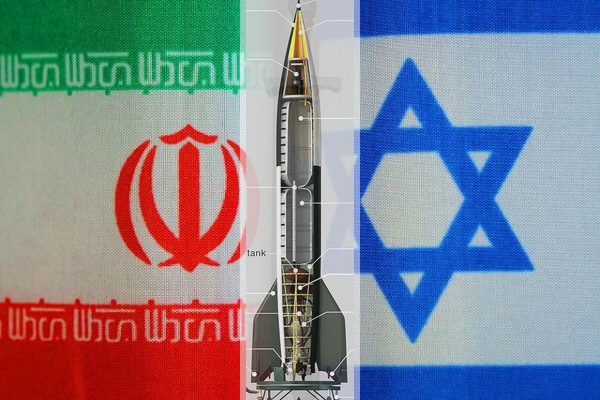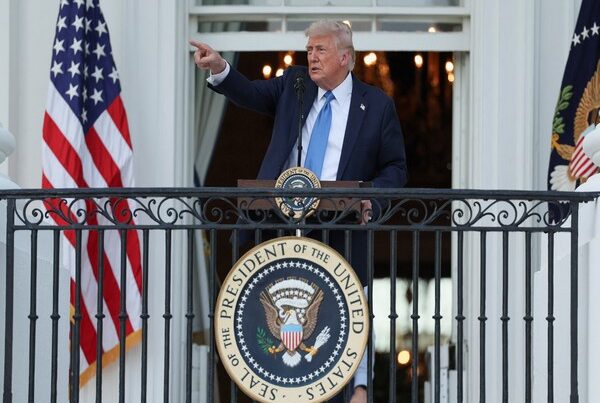
Food Inflation (I) – Grains of Truth
They are contrasting tales of food inflation in the two Asian countries hosting more than 1.4bn people each and between them having more than a third of the global population of close to 8.1bn. Notwithstanding their impressive economic progress in the past two and a half decades, both China and India still have significant numbers of people living below the poverty line (BPL).
China has to its credit moving 700m poor rural people out of poverty. Even then the country has over 50m people under the national poverty line of RMB 2,300 ($317.88) annual net income per capita for rural residency. All these are confirmed by UNDP findings. As for India, the Hindu nationalist BJP led government claims that it has in the last ten years lifted 600m people out of poverty. A claim though contested by the opposition and many economists. Whatever that is, India remains home to millions of BPL people and it has large pockets of poverty, particularly in rural areas.
This being the situation, the authorities both in China and India are acutely aware that shortages of food and their high prices are sure to fuel popular discontent to the extent of threatening government stability, says agriculture expert Om Prakash Dhanuka. In India, agriculture and allied sectors being provider of employment to nearly 55% of the total national workforce the government there comes under constant pressure to ensure remunerative prices for farm produce. Not only the poor but also the middle class are smarting under high overall inflation in which the contribution of food (all items without exception) was maximum. (In stark contrast to China, India has experienced double digit inflation in food.)
The Indian central bank’s attempt to rein in prices by pegging interest rate high has not worked effectively because of supply side issues. Below normal rains during last year’s peak monsoon season from June to September and occurrences of floods and extreme dryness in different parts of the country affected production of rice, vegetables and sugarcane and this has had a major impact on consumer price index, says Dhanuka.
Take onion, an essential item in common man’s diet. Following production collapse of onion in India to an expected 25.47m tonnes in 2023-24 from 30.22m tonnes in 2022-23 and 31.69m tonnes in 2021-22, prices went through the roof causing popular unrest. In response, New Delhi first started charging an export duty of 40%, then put a ban on exports up to March end, which has been extended till further orders. But considering politically sensitive Bangladesh, Sri Lanka and UAE are perennially dependent on supplies of onion from India, a caveat is there in the order that exports will be granted on requests from importing countries.
Of far greater consequence for world trade in agri-commodities, is India’s decision in July last to stop exports of non-basmati white rice as a domestic counter-inflationary measure. Being the world’s second largest producer of the cereal after China and by far the most dominant exporter – Indian shipments are two and a half times more than that of Thailand, the next in the league of exporters – such an action by India, no doubt prompted by consideration to contain local cost of living, caused world rice prices to climb to their highest levels at one point in 15 years, according to UN Food & Agriculture Organisation (FAO).
India’s trade action, though not totally unexpected has put importing countries in south and south-east Asia and sub-Saharan countries in a bind. This is because drying up of Indian white rice exports coincided with fall in export surpluses of other major Asian suppliers such as Thailand, Vietnam, Pakistan and Myanmar, all having suffered the impact of occurrence of El Nino and climate change for the worse.
ALSO READ: Can Rice Export Ban Bring Down Inflation?
According to official sources, Indian rice production is likely to fall for the first time in eight years in 2023-24 crop year ending June to 123.8m tonnes from the year before 135.76m tonnes. As a shield against shortages in a season leading to price spikes, New Delhi has remained steadfast in maintaining buffer stock of rice and wheat, procured by government agencies in step with progress of harvests. Supplies to the market are made from such stocks when prices rise and these also support the extensive public distribution system of food.
India has two rice crops – summer, the big one and winter. What naturally follows is focus of official procurement on summer rice harvest. Official sources say, rice procurement this time was 44.15m tonnes as of March 5, against 47.55m tonnes previous year or 7% lower. Since the current season rice procurement is already more than 40% of output, more government buying is not in order as it may lead to shortages in the open market. As for wheat, the procurement target is 31m tonnes. Under India’s PDS around 67% of people are given wheat, rice, sugar and kerosene at highly subsidized rates. Furthermore, at the intervention of prime minister Narendra Modi, the country also runs a massive free foodgrains programme. Because of all this, any surplus for exports has shrunk in a difficult crop year.
Trade officials have, however, started seeing light at tunnel end following weatherman announcement that in the forthcoming peak monsoon season, India will experience “above normal precipitation” to be caused by likely smooth transition from El Nino to La Nina condition. Will the disappointment with rice production now extend to wheat in the current agriculture year? As for wheat production, the assessment of agriculture ministry and private agencies do not converge, points out Dhanuka.
The official target is 114m tonnes against 2022-23 production of 110.55m tonnes. But an S&P Global Commodity Insights survey of 13 analysts and traders points to lower output year on year in a range of 107m and 108m tonnes. The slight setback will be due to fall in yields though acreage remained steady. Poor monsoon precipitation in wheat growing regions left poor soil moisture and the problem was compounded by insufficient winter rains that are crucial for crop growth and productivity.
Trade officials say even while wheat production will like last year be lower than the official target, New Delhi is expected to be aggressive in procurement of because of the expanded food relief programme. The expected high levels of government procurement can only lead to supply tightness in the wholesale market to the concern of trade. Will New Delhi in this situation respond positively to the trade asking for a cut in import duty on wheat, now at 40%?
(This is the first article of a three-part series on the subject)



